10 Signs Your Dog Is Stressed (and How to Help Them Relax)
Dogs can experience stress just like humans, and recognizing the signs early is important for their well-being. Stress in dogs can be caused by many factors, including changes in their environment, loud noises, separation, or health issues. If left unaddressed, stress can lead to behavioral problems or even physical health concerns. Understanding how to spot stress in your dog and helping them relax can improve their quality of life. Here are the 10 signs your dog is stressed and practical tips on how to help them relax.
1. Excessive Panting
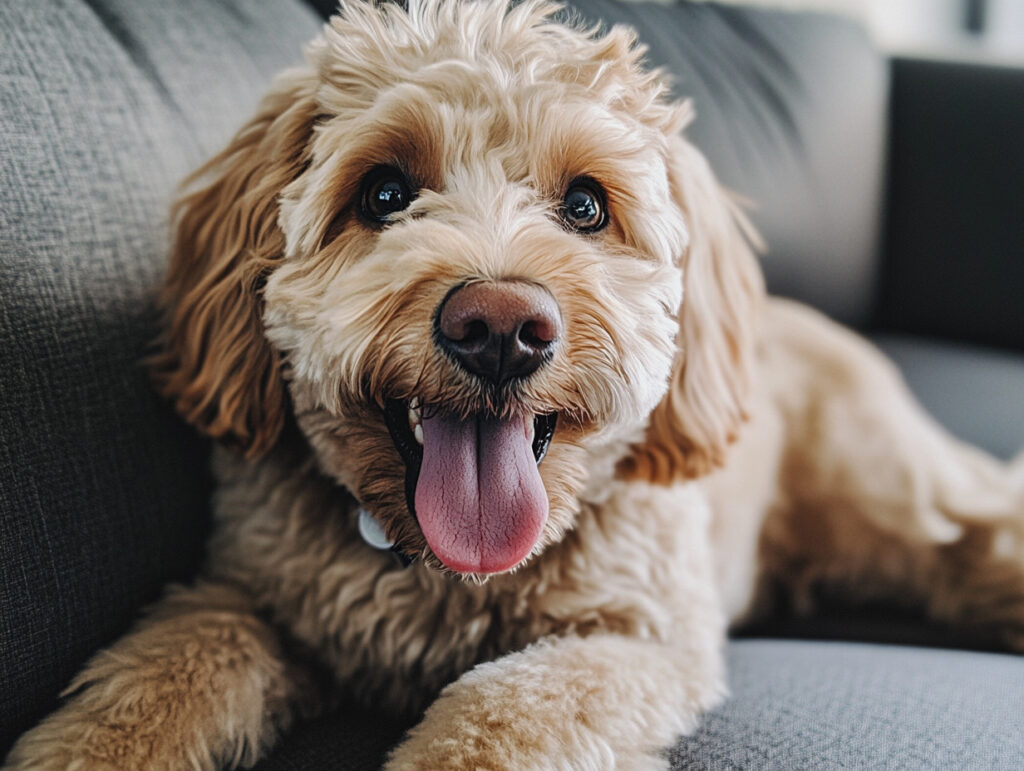
Excessive panting when your dog is at rest or in a calm environment can indicate stress or anxiety, especially if it’s not related to heat or exercise. To help, provide a cool, quiet space with fresh water and offer gentle petting to soothe your dog and ease their discomfort.
2. Yawning and Lip Licking
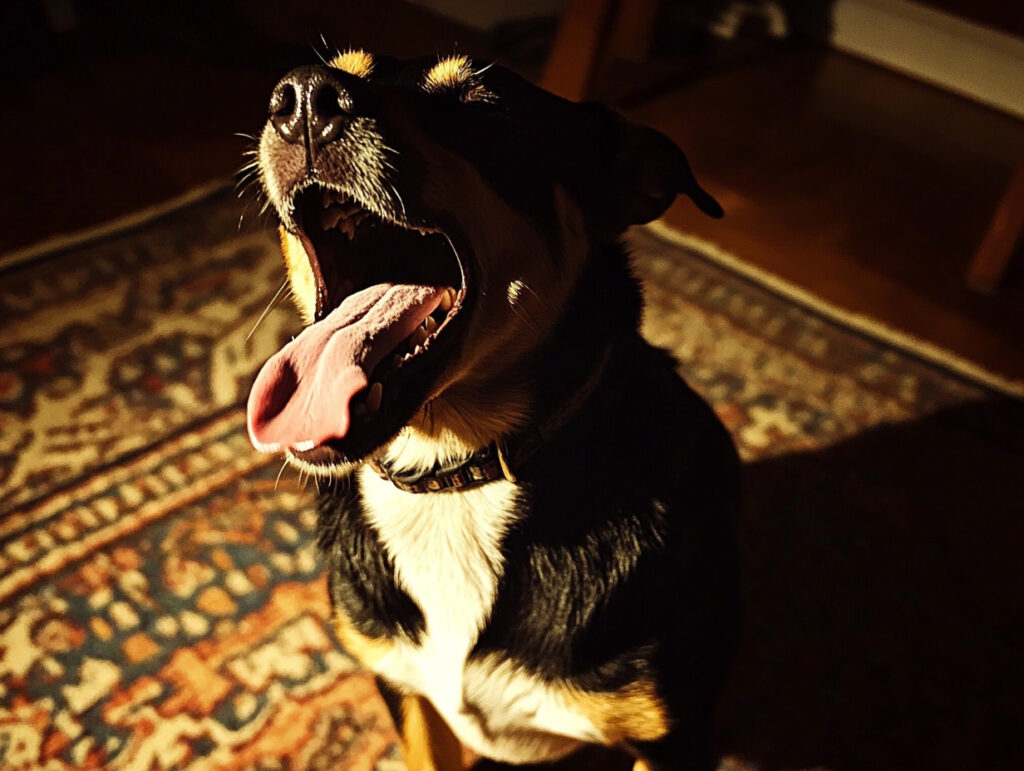
Yawning and lip licking often signal nervousness or uncertainty in dogs. When you notice these signs, avoid overwhelming your dog; instead, give them space, speak softly, and offer treats or toys to distract and comfort them.
3. Pacing or Restlessness

If your dog is pacing or seems restless and unable to settle, it’s a common stress response. Increasing physical activity through walks or play and providing a calm, safe area for relaxation can help alleviate their anxiety.
4. Hiding or Avoidance

A stressed dog may seek out hiding spots or avoid interactions. Respecting their need for solitude and ensuring they have access to secure, quiet places can help them feel safe and reduce stress.
5. Excessive Barking or Whining

Increased vocalization such as barking or whining is often a sign of stress or discomfort. Identifying and minimizing stress triggers, offering calming distractions, and possibly consulting a trainer can help manage these behaviors.
6. Destructive Behavior

Stress and boredom can lead to destructive habits like chewing furniture or digging. Providing your dog with plenty of mental stimulation through toys and training, as well as regular exercise, can reduce these behaviors.
7. Changes in Appetite

Stress may cause your dog to lose interest in food or, conversely, overeat for comfort. Maintaining a consistent feeding routine with nutritious meals and consulting a vet if changes persist is important for their health.
8. Shedding or Grooming Changes
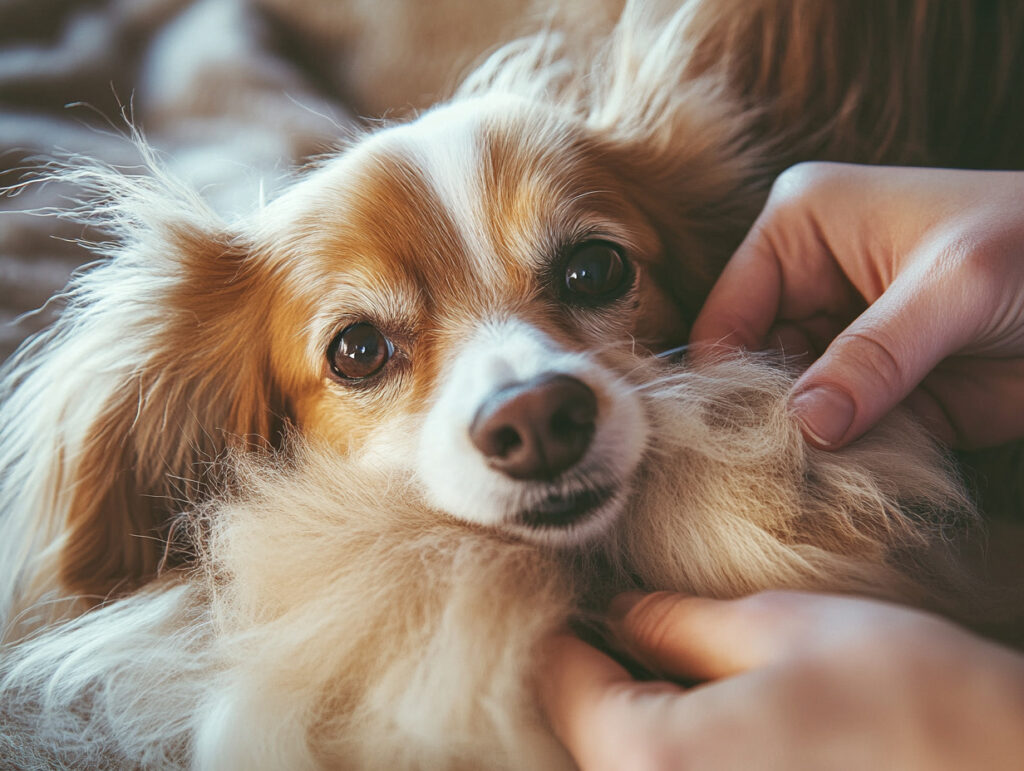
Excessive shedding or altered grooming habits can signal stress. Regular grooming sessions not only keep your dog healthy but also provide comfort and bonding opportunities; consult a vet if skin problems arise.
9. Aggression or Irritability

Stress can make dogs more irritable or aggressive, even with familiar people or pets. Avoid stressful situations and seek professional advice to manage aggression safely and effectively.
10. Dilated Pupils or Trembling
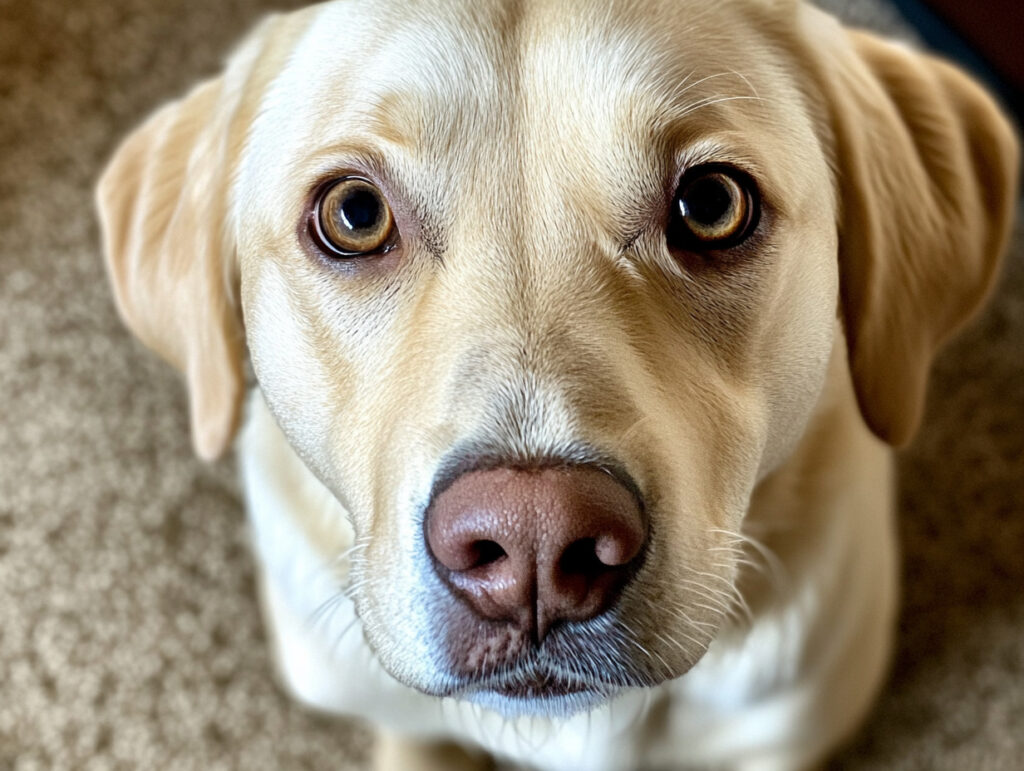
Physical signs like dilated pupils and trembling indicate acute stress or fear. Provide immediate comfort in a quiet space, and if these signs are frequent, consult your vet to rule out medical issues.
How to Help Your Dog Relax

Helping your dog manage stress involves creating a calm environment, ensuring regular exercise, providing mental stimulation, maintaining a consistent routine, and offering emotional support. Calming aids like pheromone diffusers or anxiety wraps can help, and in severe cases, professional guidance may be necessary.
Prioritizing Your Dog’s Emotional Well-being
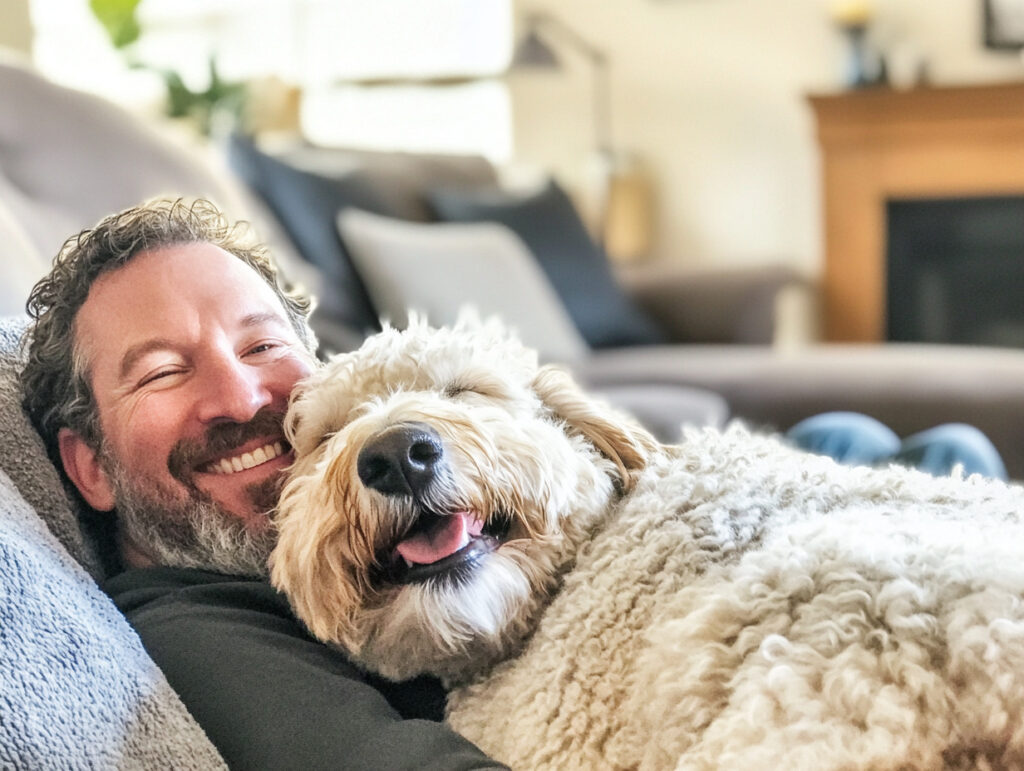
Recognizing and addressing stress in your dog early improves their quality of life and strengthens your bond. With patience and care, you can help your dog feel secure and happy, ensuring a joyful and balanced life together.







